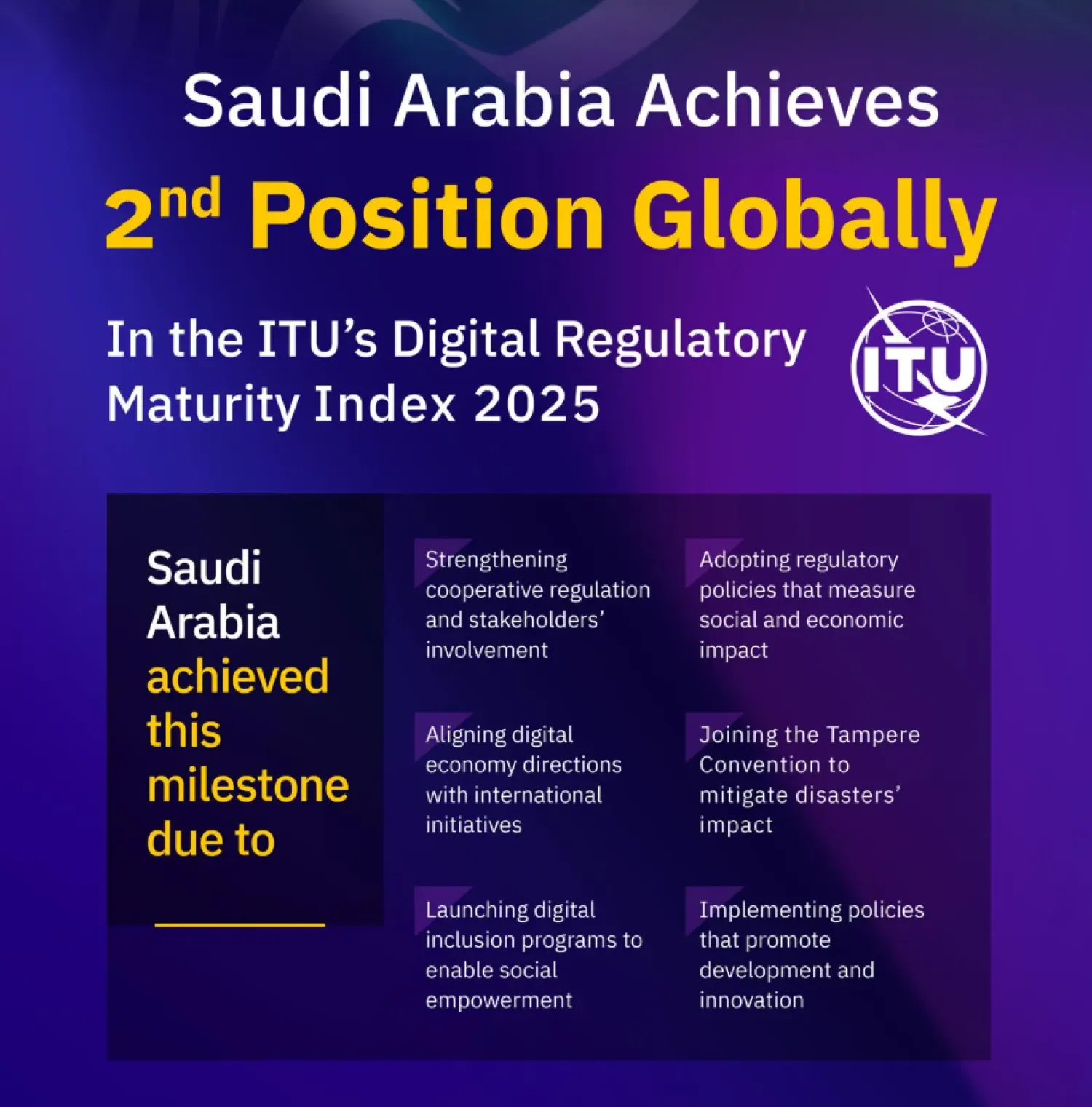Major international companies intend to invest in artificial intelligence and robotics in Saudi Arabia, senior investors told Asharq Al-Awsat.
AI Investor Abdullah bin Zaid Al-Meleihi said that Saudi Arabia aims at establishing 400 startup companies in artificial intelligence.
He added that the Kingdom was seeking to provide a more attractive environment for foreign investments, pointing to a gathering of Saudi and foreign companies led by the Saudi Excellence Holding Company, which intends to introduce advanced technologies in the field of artificial intelligence and unveil new technologies.
He added that investments in AI are expected to surpass $150 million over the next two years.
For his part, Sem Koksal, CEO and partner of Legacy Technologies, told Asharq Al-Awsat that the quality and nature of Saudi public and private initiatives enhanced the AI technology industry.
He also stressed that the AI sector would increase the attractiveness of foreign investments in the Kingdom.
Dr. Muhammad Al-Shuhail, Advisor to the chairman of Prince Sultan College of Business and a specialist in AI and technology, emphasized a Saudi endeavor to develop the technology sector, in line with the Kingdom’s Vision 2030.
While he highlighted Saudi Arabia’s digital transformation process, Al-Shuhail pointed to the construction of smart cities, including NEOM.
The second edition of the Global AI Summit concluded on Friday in Riyadh.
Organized by the Saudi Authority for Data and Artificial Intelligence (SDAIA), the summit highlighted the means to maximize the use of the sector’s technologies, along with developments, challenges and solutions in the smart city sectors, human capacity development, health care, transportation, energy, culture and heritage, environment, and economic mobility.
The summit was attended by a large number of experts, specialists and officials in government agencies and global technology companies.









